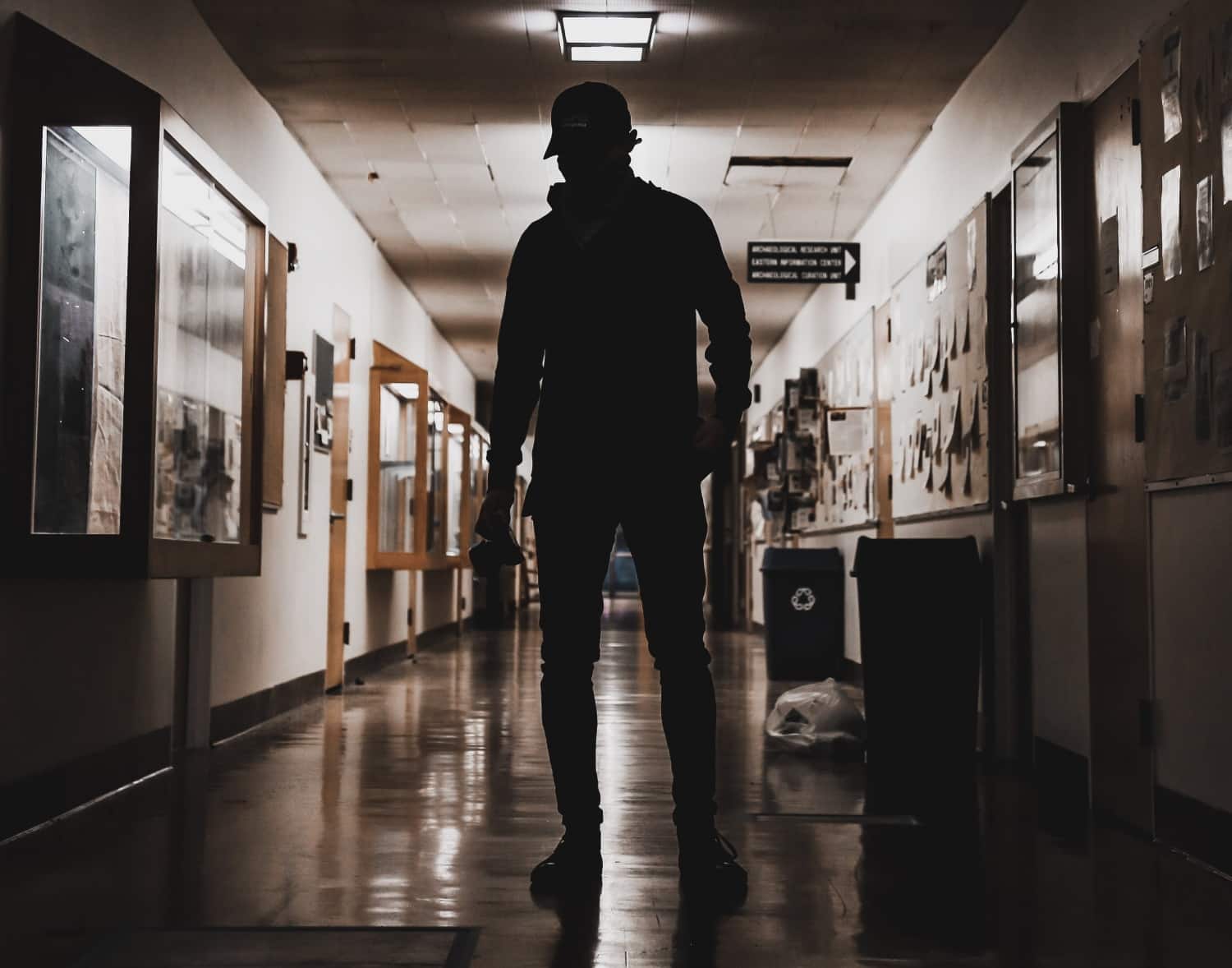No organization wants to think about the day that an emergency might happen at their facilities, especially an active shooter crisis, but it is something that each organization must prepare. Not only is mass emergency preparation a legal obligation, but most would argue that it is a moral one. You want to keep your people informed and out of harm’s way. If there’s an emergency, people expect to be notified and provided the guidance to remain safe. There are many alerts that we have grown accustomed to receiving such as weather alerts, Amber or Silver Alerts, or even local emergency alerts. So, if there’s an active shooter emergency in the vicinity, people expect to be alerted in a similar fashion.
When you have to alert your people of an active shooter or armed intruder situation emotions will immediately run high and many people to be so nervous they can’t think clearly enough to make a decision of what to do next. By preparing your Critical Communications Team (CCT) and the entire organization of your active shooter emergency plan, everyone has to opportunity to handle the situation in a more prepared and more collected fashion. Giving your people exact and clear instructions to follow helps ensure this. By doing this, there is no uncertainty in what actions need to be followed.
Beyond preparing for an active shooter situation, you must also run through what will happen during the incident. Who will you be automatically notifying through your mass notification system? How will you communicate with the police? How will your CCT internally communicate to respond and coordinate throughout the emergency?
Notify
Once an active shooter incident has been reported and the emergency has been confirmed, your crisis communications plan is set into motion. This is when all of your planning and preparation come into action. Because every industry and organization is different, it’s critical to communicate with people in ways specific to them. There will always be cases in which some individuals are difficult to contact. Sending a text message to someone who isn’t allowed to have their mobile phone isn’t going to work. You must send mass notifications through multiple avenues of communication and by a range of different types of platforms. This helps to ensure you’re able to reach as many people as possible to deliver your message and accompanying actions to follow. You should be hitting both types of endpoints:
Personal Notifications – Messages sent to individuals via their personal devices
Mass Notifications – Information broadcasted to widely accessible communications
Using a variety of different endpoints for communicating your message is imperative to consider using your mass notification system. Text and email are no longer enough to reach everyone at your organization.
Mobilize
Collaboration with your local EMS and law enforcement is something that can really help you to save time and lives in an emergency. If you incorporate internal and external first responders into your emergency response plan, they can be immediately notified once an active shooter incident occurs. Memorandums of Understanding (MOU) should be put in place with local agencies who will be key to your response and recovery. Resources to mobilize during the commencement of an active shooter incident include local law enforcement, ambulances and local hospitals, federal law enforcement, internal security or safety teams, and even fire and rescue.
By incorporating these resources into your active shooter preparedness plan you’re able to save time when you don’t have an extra second to spare.
Collaboration
As the incident is confirmed, the CCT will need to determine next steps. It becomes essential that they are able to quickly pull together, collaborate, and assess the situation. Not only is it important to notify and communicate with your people, but it is critical for the CCT to be able to communicate about the situation without any disturbances. Having a unified point of command becomes an instant connection to allow messages, calls, live video feeds, and maps to help the team makes more informed and smarter decisions.
When an active shooter emergency occurs, the need to communicate is immediate. The public will seek information. Employees, visitors, and customers will want to know how they will be impacted and what they should do. Local government officials will want
to know what is going on in their community. Families will be concerned. Using pre-planned and predefined communications will be the key advantage in communicating quickly and accurately during the emergency.
Notifying your people in a way they’ll understand, mobilizing your resources, and collaboration of your CCT are important ways to enhance a better chance of keeping your people safe and protected.
To learn more about what steps should be taken Before, During, and After an active shooter incident, download the Active Shooter Emergency Preparedness Guide to help your organization be more prepared.



